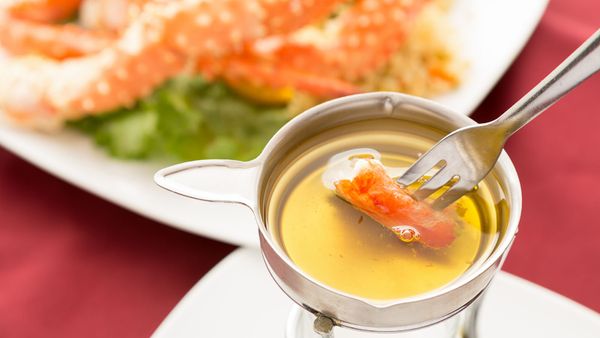Sour cream, on the other hand is tangier and more liquid. According to the U.S. Food and Drug Administration rules, it has to have at least 18 percent fat in the United States. It has higher acidity, which means it can break down gluten in baked goods, like cakes or muffins, for a moister texture. But its lower fat content means it curdles when added to hot food. That's why we often use it as a condiment or add it to soup at the last minute, maybe a dollop just before serving.
Sour cream was first developed in Eastern Europe. Sour cream is more common (and less expensive) in the United States, where it's usually made industrially. Crème fraîche was developed in France, as you probably guessed from its name.
They're made about the same way, though there are some slight differences. Start with pasteurized milk, so first bacteria have to be added to the cream. In France, crème fraîche is traditionally made with naturally occurring bacteria. American sour cream is also usually thickened with gelatin or rennin, an enzyme that curdles milk.
You can substitute crème fraîche for sour cream and vice versa, typically as a one-to-one ratio. Just keep in mind the subtle flavor differences, and that sour cream tends to curdle when added to food that's cooking.



